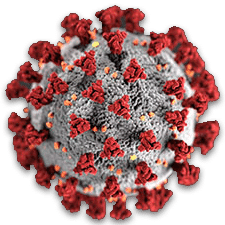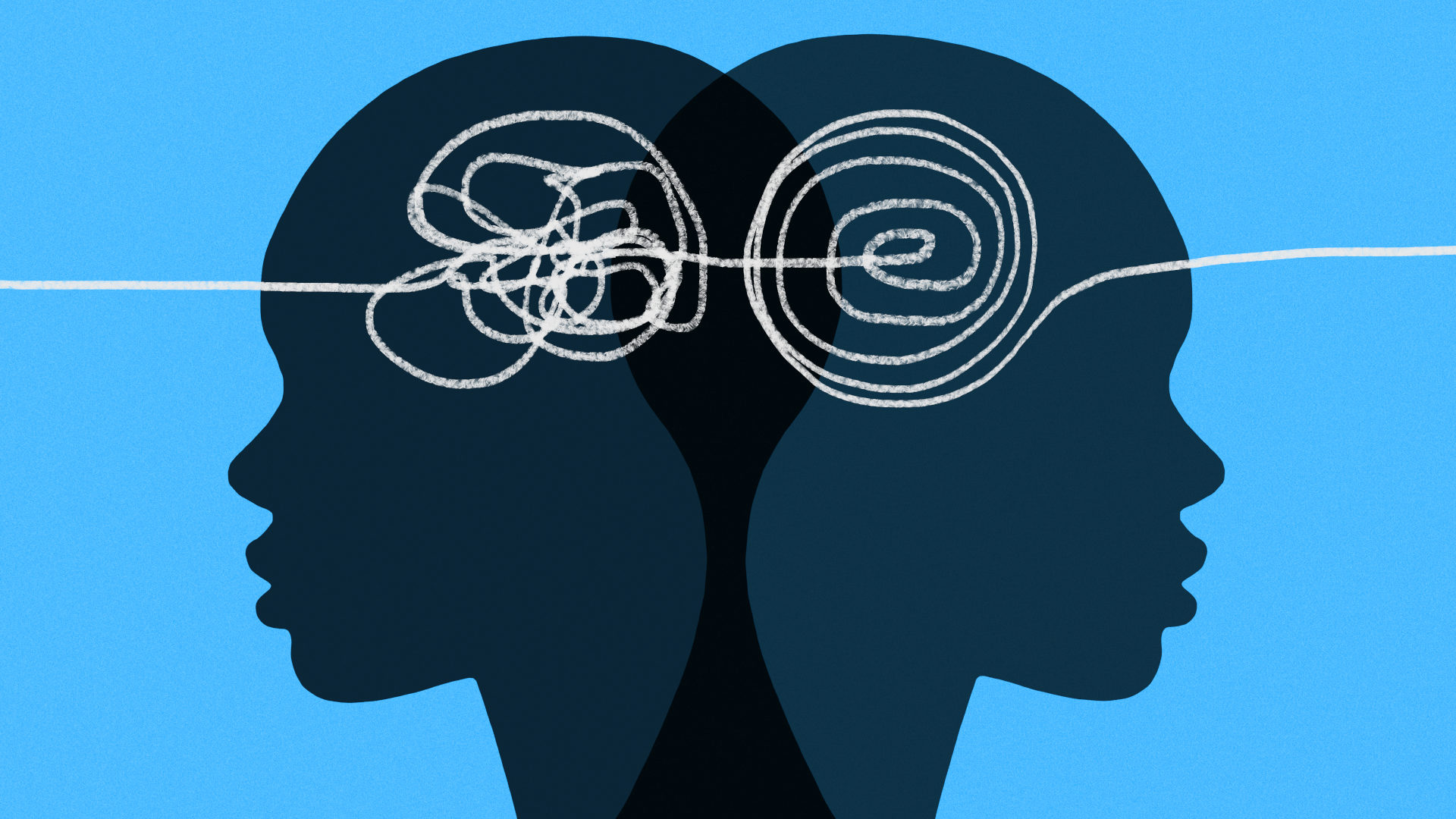In May, I was invited to take part in a survey by the National Academies of Sciences, Engineering, and Medicine to better delineate how long Covid is described and diagnosed as part of The National Research Action Plan on Long Covid. The survey had several questions around definitions and criteria to include, such as “brain fog” often experienced by those with long Covid. My intuition piqued, and I began to wonder about the similarities between these neurological symptoms and those experienced by people with attention-deficit/hyperactivity disorder, or ADHD. As a medical journalist with clinical and epidemiological experience, I found the possible connection and its implications impossible to ignore.
We know that three years of potential exposure to SARS-CoV-2, in combination with the shift in social patterns (including work-from-home and social isolation), has impacted several aspects of neurocognition, as detailed in a recent report from the Substance Abuse and Mental Health Services Administration. A 2021 systematic review found persistent neuropsychiatric symptoms in Covid-19 survivors, and a 2021 paper in the journal JAMA Network Open found that executive functioning, processing speed, memory, and recall were impacted in patients hospitalized with Covid-19. Long Covid may indeed be linked to developing chronic neurocognitive issues, and even dementia may be accelerated.
The virus might impact the frontal lobe, the area that governs executive function — which involves how we make decisions and plan, use our working memory, and control impulses. In October, a paper in Cell reported that long Covid brain fog could be traced to serotonin depletion driven by immune system proteins called viral-associated interferons.
Similarly, the symptoms of attention-deficit/hyperactivity disorder, or ADHD, are believed to be rooted structurally in the frontal lobe and possibly from a naturally low level of the neurotransmitter dopamine, with contributions from norepinephrine, serotonin, and GABA. This helps explain why people with ADHD, who experience inattention, hyperactivity, and impulsivity, among other symptoms, may seek higher levels of stimulation: to activate the release of dopamine. However, a deficit in serotonin can also trigger ADHD. The same neurotransmitter, when depleted, may be responsible for brain fog in long Covid.
ADHD is a form of neurodiversity — a concept coined in the 1990s by sociologist Judy Singer, who herself has autism, that refers to differences in brain structure and function that lead to cognitive processing not typical of most individuals. It can present significant challenges involving emotion, empathy, inattention, and impulsivity. Today, up to 20 percent of the global population may classify themselves as neurodiverse, with up to 6.7 percent of adults having ADHD.
A neurodiverse brain has largely been viewed as a disability, the sort that may show up in workplace assessments for accommodations or job applications. One key criterion for the diagnosis of ADHD, however, is presence before age 12, according to the American Psychiatric Association’s Diagnostic and Statistical Manual of Mental Disorders, or DSM-5. So what happens when the brain changes much later in life due to some kind of physical or psychological trauma? And what if that trauma is collective, as it was during the height of the Covid-19 pandemic? If a significant portion of the population has undergone changes in their brains due to a virus, how do we as a society respond to the idea of a potentially much larger neurodiverse population than we currently know?
Last year, a small study from the Yale School of Medicine found that guanfacine, an efficacious treatment for ADHD, may be used to together with an antioxidant drug to treat brain fog in long Covid. Guanfacine is thought to impact brain receptors in areas responsible for working memory, attention, and impulsivity — again, in the frontal lobe.
What happens when the brain changes much later in life due to some kind of physical or psychological trauma?
A recent case report from a group of Brazilian physicians and researchers described how they treated a 61-year-old long Covid patient, who had developed inattention and fatigue, with stimulant medications standard for ADHD, along with an antidepressant. The patient then experienced remission. The researchers called it post Covid-19 ADHD-like syndrome, or PCAS, and even though the cause (Covid) was different, the symptoms and apparent response to treatment were similar enough to ADHD to warrant further examination.
Could the recently discovered serotonin depletion mechanism behind brain fog, as well as the virus targeting the frontal lobe, trigger PCAS or ADHD in those who never previously had concerns with focus, attention, and working memory? Could brain fog and acquired ADHD effectively be the same condition?
We know that more people in the U.S. have been diagnosed with ADHD than ever before: Diagnoses have spiked since 2020, even if it’s unclear if these are new symptoms or simply symptoms unmasked by the pandemic. Since 2020, more Americans have enrolled in ADHD support groups. The shortage of ADHD medication suggests a supply and demand issue. The U.S Centers for Disease Control and Prevention has reported that the number of adults and adolescents seeking a stimulant prescription increased from 3.8 to 4.1 percent between 2020 and 2021.

For all of Undark’s coverage of the global Covid-19 pandemic, please visit our extensive coronavirus archive.
Estimates in 2022 show that somewhere between 82 and 94 percent of people in the U.S. have had Covid-19 at least once. A 2022 meta-analysis found that between 22 and 32 percent of people who have had Covid-19 reported lingering problems with attention, memory, and brain fog. Similarly, a 2021 review noted that 22 percent of people experience cognitive impairment three or more months after infection.
The most recent U.S. Census data paints a dire picture of the burden of brain fog. As such, research should be focused on if it is indeed reversible, perhaps with a short course of stimulant medications. Studies should also better tease out the causal factors from association. As I’ve written about before, the DSM-5 is severely limited by an arbitrary classification of symptoms. The Brazilian researchers have begun planning randomized controlled trials to help facilitate replicability and tailoring treatment for PCAS and acquired ADHD. It may also open the doors for non-traditional approaches to healing the brain, such as psychedelics. The National Academies continues to revise its definition of long Covid to consider neuropsychiatric symptoms, and the CDC shared with me in an email that they aim to submit the agency’s findings on ADHD prevalence next year.
The idea of neurodivergence was conceived some 25 years ago to describe a minority. If, after the pandemic, a growing number of people find themselves with a newly neurodivergent brain via a form of acquired ADHD, perhaps that can also lead to improved workplace and personal support. Even if said neurodivergence ends up being reversible with medication, recognition of the disorder would bring much-needed understanding to neurodivergent individuals.
Amitha Kalaichandran, M.D., M.H.S., is a physician-epidemiologist, freelance medical journalist, and health tech consultant.












Comments are automatically closed one year after article publication. Archived comments are below.
ADHD involves Hyperactivity: and Long Covid sufferers with brain fog are more likely to have Fatigue Disorder.
Also: my model of ADHD explains inattention and distractibility from under-activity of the Reticular Activating system, so the neo-cortex is under-stimulated but can be woken up by psychostimulants thus improving attention and concentration